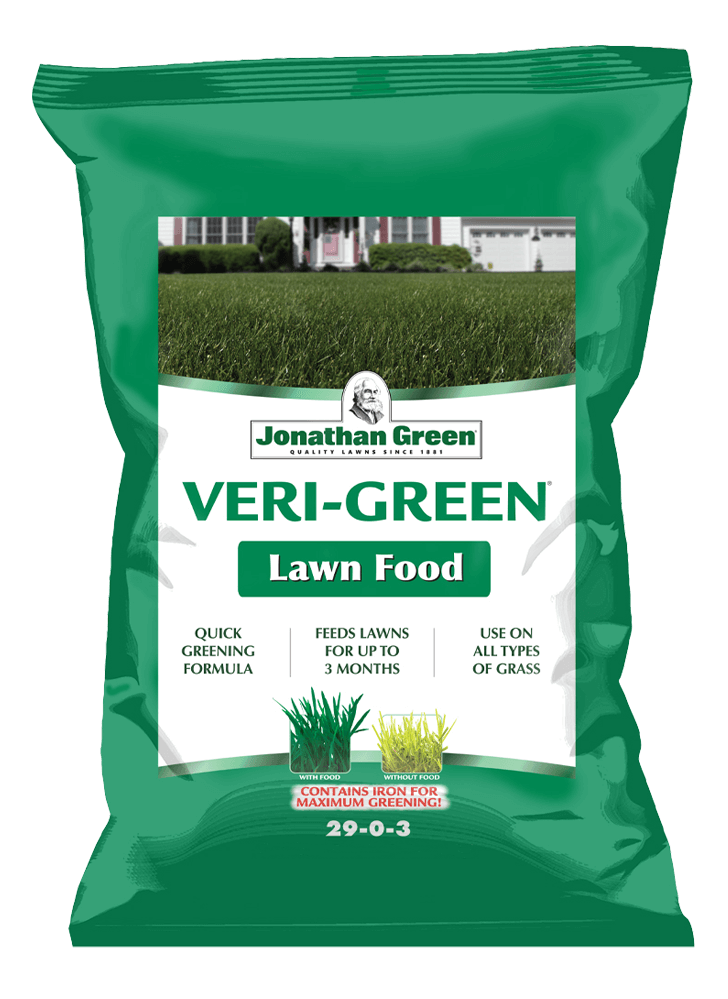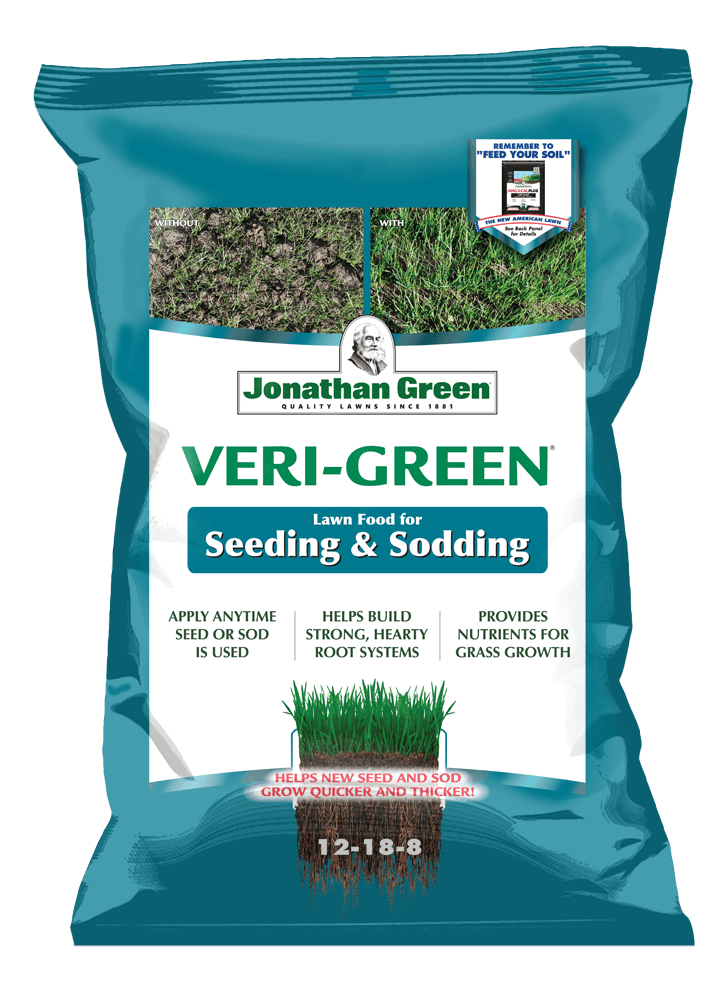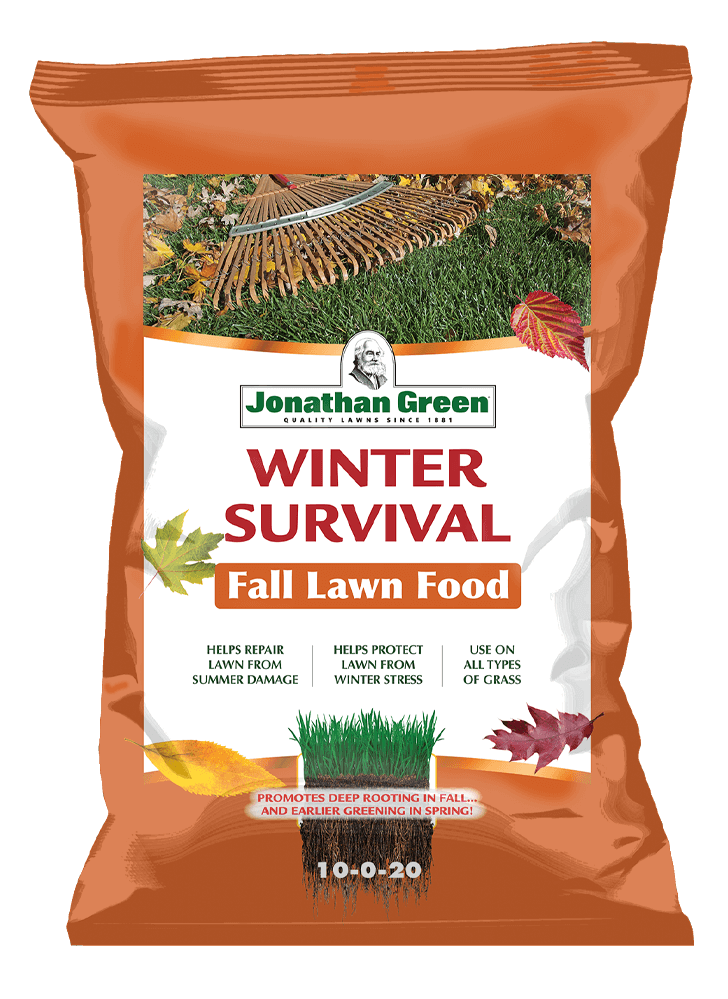How Does Fertilizer Work and What Does NPK Stand For?
Share This Video
It is common knowledge that you need to fertilize your lawn for it to stay green and healthy. But have you ever wondered what fertilizer actually does for lawns, or what’s inside each bag? We’re here to explain the functions of the three nutrients that are found in lawn fertilizer: nitrogen (N), phosphorus (P), and potassium (K). Nitrogen greens up the lawn, while phosphorus encourages strong and healthy root growth. Potassium acts as an overall vitamin for the lawn, helping it fight off disease.
You can find out how much of each nutrient is in fertilizer by looking for the NPK ratio that is on the front of every bag. This way, you can know what to expect from each bag, and which fertilizer to use during different parts of the year.
Mentioned Products
Video Transcript
Fertilizer is just a fancy name for plant food. In order to grow, your plants need a well-balanced diet of three key nutrients: nitrogen, phosphorus, and potassium. They’re the main course and they make up the NPK ratio shown on all fertilizer bags. Here’s a phrase to remember what NPK does for plants: up, down, all around.
Allow us to explain. The up is nitrogen because it supports all the green foliage you see up above the ground, it is the most essential element for growth. Traditional lawn fertilizers green for up to two months but Jonathan Green’s fertilizers contain a formula of slow-release nitrogen that greens the lawn 33% longer than other brands.
The down is phosphorus because it helps seedlings and newly laid sod develop strong roots. It’s mainly found in starter fertilizers.
Lastly, the all-around is potassium because it provides well-rounded nourishment and boosts the plant’s immune system to fight against diseases. Potassium is especially important in the fall which is why Jonathan Green has Winter Survival Fertilizer to protect the grass during cold harsh winters. Our competitors skimp on the potassium in their fall fertilizers.
So those are the three macronutrients, but plants still want a side dish with their entrees. Micronutrients, iron, and manganese help chlorophyll production for bright green lawns instead of pale yellow ones. Zinc is another critical micronutrient that makes leaves grow tall and strong instead of droopy and discolored. So when it comes to plant food, a well-balanced diet is the key. Give your lawn the right nutrients with Jonathan Green.



